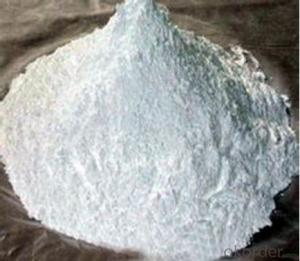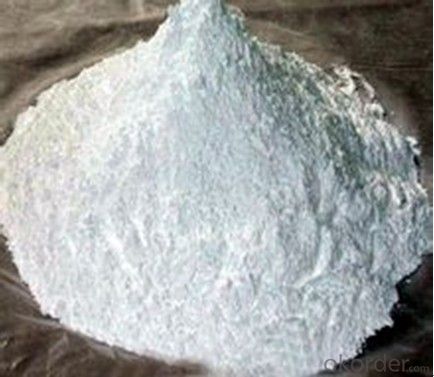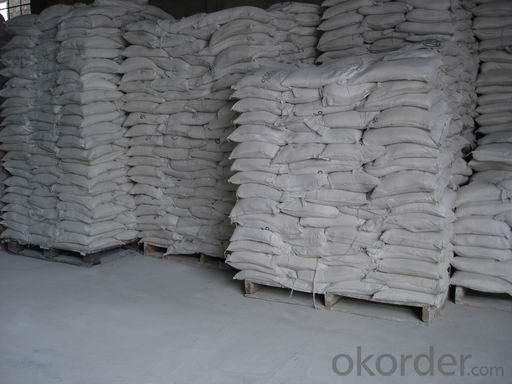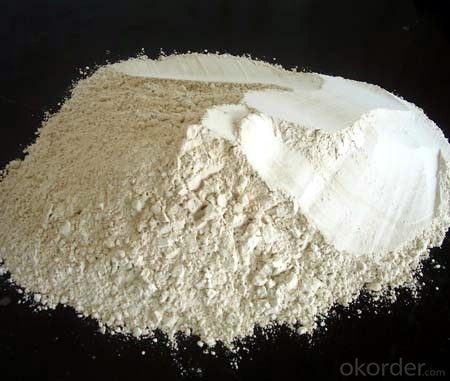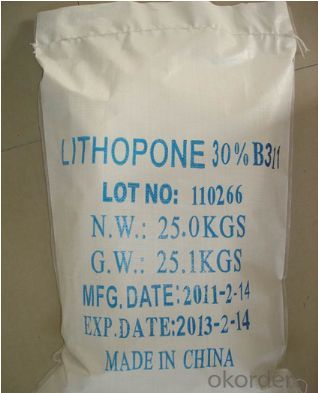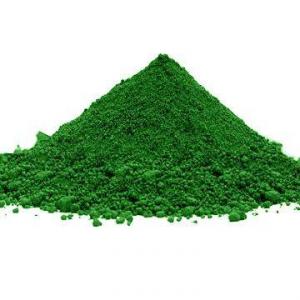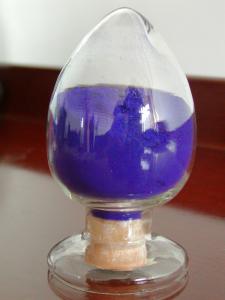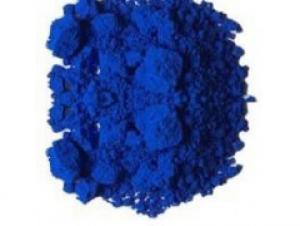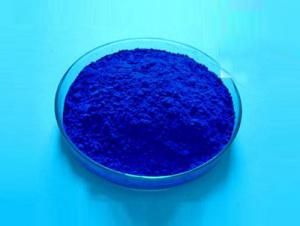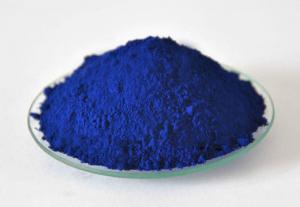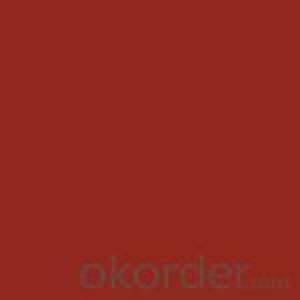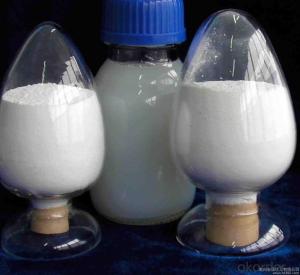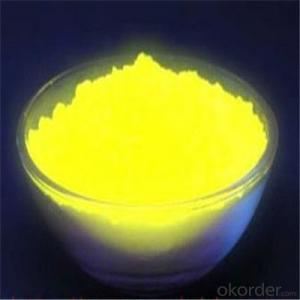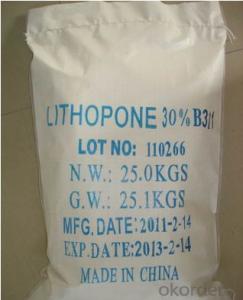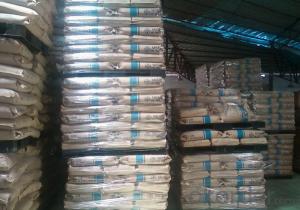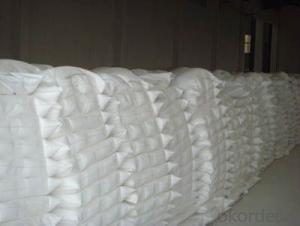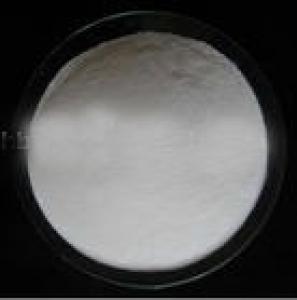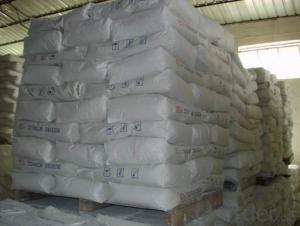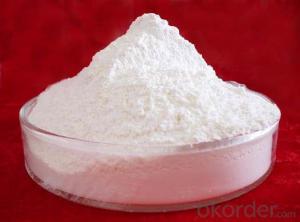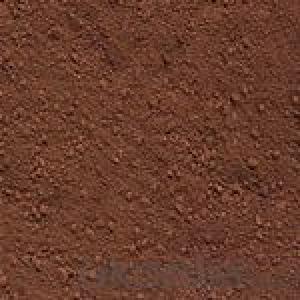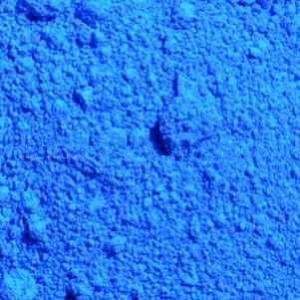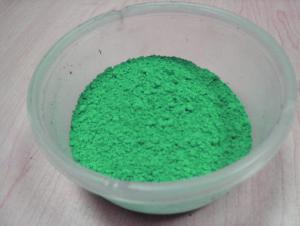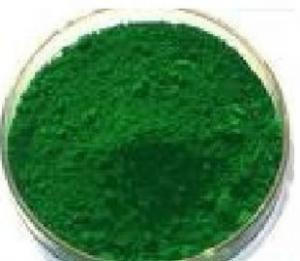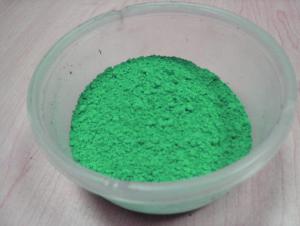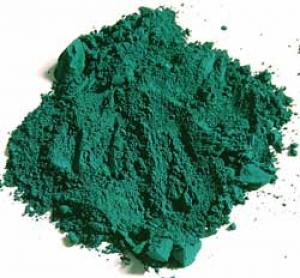Lithopone 28-30% Lithopone B301 Lithopone B311 with lowest price
- Loading Port:
- Tianjin
- Payment Terms:
- TT OR LC
- Min Order Qty:
- 20 m.t.
- Supply Capability:
- 2000 m.t./month
OKorder Service Pledge
OKorder Financial Service
You Might Also Like
Specifications of Lithopone
Lithopone ZnS-BaSO4
1. zinc: 28-30%,30%
2. Uses:paints,printing inks,coating,paper pigment,plastic
3. ISO,SGS
4. 25kg/bag
Lithopone ZnS-BaSO4 :
1. Commodity:
Lithopone (ZnS-BaSO4) for paint ink plastic paper etc
--------------------------------------------------------------------------------------------------------------
2. Description:
Lithopone B301 is a kind of lithopone whose hiding power is better than that of zinc oxide and worse than that of titanium dioxide.It has good heat-resisitance and is insoluble in water.
White powder, is a mixture of zinc sulfide and barium sulfate. Have high whiteness and good covering power. It is called Inorganic white pigment. Widely used as white pigment of plastics such as polyolefin, vinyl resin, ABS resin, polystyrene, polycarbonate, nylon and polyoxymethylene (POM), also for paint and ink . it is use to colourate for rubber products , linoleum, leather, paper, enamel.
-----------------------------------------------------------------------------------------------------------------
3. Features:
1) A white pigment produced by precipitation through filtering,
heating and quenching works
2) Has mostly been replaced by titanium dioxide which is more
durable, but it is much cheaper
---------------------------------------------------------------------------------------------------------------
4. Application:
Mainly used of coatings, printing ink, rubber, plastic, powder, profiles, paint, paper, and leather, etc.
1) Used as a base for lake pigment
2) Used as a inert pigment for paint, ink and cosmetics
3) A large range of applications in plastic industry
4) Used as a filler in paper, leather, and linoleum
---------------------------------------------------------------------------------------------------------------
5. Packaging:
Packing:25kgs per bag or according customer's requirements.
--------------------------------------------------------------------------------------------------------------
6. Specifications:
| ITEM | SPECIFICATIONS |
Zinc oxide,% | ≤0.60 |
Total zinc(on zinc sulfide basis),% | ≥28 |
Quality standard | GBT1707-95 |
Tinting strength(Relative) | ≥105 |
Total zinc sulfide and barium sulfate | ≥99.0 |
Water soluble % | ≤0.40 |
Oil absorption,g/100g, | ≤14.0 |
Sieve residue 45um % | ≤0.10 |
Volatile at 105°C g/100g | ≤0.30 |
Color | Not lower than standard sample |
| Hiding Power(contrast ratio) | Not lower than 5% of standard sample |
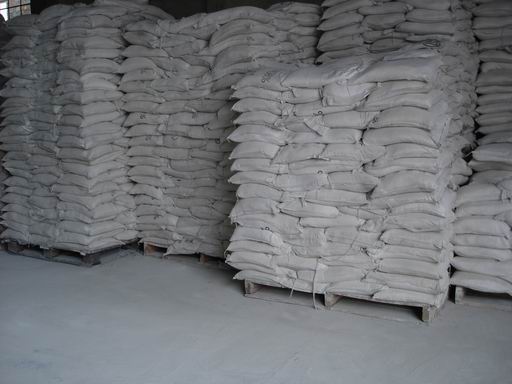
- Q: A.catalyzes chemical reactions.B.absorbs light.C.transports materials.D nverts energy to light.E s energy.
- pigment is the coloring of your skin and considering your skin gets darker under sunlight im going to say it absorbs light.
- Q: (Explain what happens when a pigment molecule is struck by electromagnetic radiation in the visible light spectrum.)
- pigments are molecules that absorb electromagnetic radiation. For example, the chlorophyll pigment in plants absorbs blue and red light, which is why they reflect green light (since green is the color not absorbed). Another example is melanin, which is the pigment that darkens the skin of people. Melanin absorbs UV to protect the skin. A pigment molecule struck by EM radiation in the visible region may absorb some of the light depending on what pigment it is.
- Q: I bought the color Frozen White, and the store sample was sort chunky too, and it doesn't go on my skin well because of that. How can I apply it on smoothly? do I need to add a little water??? help!!!!
- I would recommend applying the pigment wet. There are a multitude or different products that you can use to wet the pigment; Fix Plus (from MAC), mixing mediums (you can usually find those at Sephora), or water. Although I would try the first two over water. Hope this helps!
- Q: what is pigment dispersion syndrome?
- Pigment dispersion syndrome (PDS) is an affliction of the eye that, if left untreated, can lead a form of glaucoma known as pigmentary glaucoma. It takes place when pigment cells slough off from the back of the iris and float around in the aqueous humor. This is not what causes problems; however, if the pigment flakes clog the trabecular meshwork, preventing the liquids in the eye from draining, pressure can build up inside the eye. This pressure can cause permanent damage to the optic nerve. This condition is rare, but occurs most often in Caucasians, particularly men, and the age of onset is relatively low: mid 20s to 40s. Most sufferers are nearsighted. There is no cure as of yet, but PDS can be managed with eye drops or treated with simple surgeries. If caught early and treated, chances of glaucoma are greatly reduced. Sufferers are often advised not to engage in high-impact sports such as long-distance running or martial arts, as strong impacts can cause more pigment cells to slough off
- Q: explain an absorption spectrum of different pigments and the action spectrum ofphotosynthesis.
- A pigment is any substance that absorbs light. The color of the pigment comes from the wavelengths of light reflected (in other words, those not absorbed). Chlorophyll, the green pigment common to all photosynthetic cells, absorbs all wavelengths of visible light except green, which it reflects to be detected by our eyes. Black pigments absorb all of the wavelengths that strike them. White pigments/lighter colors reflect all or almost all of the energy striking them. Pigments have their own characteristic absorption spectra. The action spectrum of photosynthesis is the relative effectiveness of different wavelengths of light at generating electrons. If a pigment absorbs light energy, one of three things will occur. Energy is dissipated as heat. The energy may be emitted immediately as a longer wavelength, a phenomenon known as fluorescence. Energy may trigger a chemical reaction, as in photosynthesis. Chlorophyll only triggers a chemical reaction when it is associated with proteins embedded in a membrane (as in a chloroplast) www.emc.maricopa.edu/faculty/fara...
- Q: can pigment ink be used to tattoo?
- Pigment ink? Tattoo ink is pigment ink. Printer ink is pigment ink. Crayola markers are pigment ink. It all comes down to what it's manufactured for and whom is doing the manufacturing. Reputable shops use certain brands of tattoo ink for a reason. Using something not made for the human body at all makes for an ugly tattoo and can cause infections or other problems seeing as nothing in it's manufacturing process is sanitary or compatible with use in skin.
- Q: whats it for? lol
- itz for ur beautifing ur skin.
- Q: Does anyone know its chemical formula or constituents ?
- Epona's answer is extremely sturdy. in case you seem up colour institutions you will locate diverse institutions reckoning on who has written them and what structures they're drawing from. yet you'll be able to desire to continually use institutions that make experience to you. case in point - you will in all probability locate that easy blue is the colour linked with peace. yet reckoning on what form of peace you're going for you may go with a diverse colour. possibly purple if that is for peace in the kin or with acquaintances, pink if that is religious in nature, or eco-friendly if that is physique appropriate. The institutions I genuinely tend to circulate with are: pink - lust, action, means, braveness Orange - creativity, braveness, means (extra innovative form than the pink). Yellow - issues bearing on the concepts (like possibly you have have been given a attempt to earnings for) or psychological suggestion. easy eco-friendly - prosperity darkish eco-friendly - therapeutic easy Blue - peace, tranquility darkish Blue - desires, on occasion suggestion pink - issues coping with the religious White - purification and can be a stand in for extremely just about something Black - liberating negativity, banishing purple - love, friendship, kin i do no longer think there is any colour that would desire to be prevented. yet I often use a diverse affiliation than what i've got listed. And my institutions are in user-friendly terms valid for yet somebody else in the event that they make experience to them. i exploit white candles maximum many times as I continually have them handy and that they might continually be spiced up with diverse oils this is something I do very often.
- Q: is it the ink on regular printers?
- Some printers use only pigmented ink. Others use dye based and then some use a combination of both. Dye based ink is basically water based with a dye added to it. Pigmented ink has a solvent base with dye added. Pigment ink and dye based ink have both advantages and disadvantages. Dye based ink have better colors but pigment are more water and fade resistant. Dye based inks are therefore better for photos. I have a printer that has 4 dye based inks and a black pigment ink. Mine uses the dye based black and colours for pictures and the pigmented black is used for text. So the answer is yes. Pigmented ink is used in some regular printers.
Send your message to us
Lithopone 28-30% Lithopone B301 Lithopone B311 with lowest price
- Loading Port:
- Tianjin
- Payment Terms:
- TT OR LC
- Min Order Qty:
- 20 m.t.
- Supply Capability:
- 2000 m.t./month
OKorder Service Pledge
OKorder Financial Service
Similar products
Hot products
Hot Searches
Related keywords
